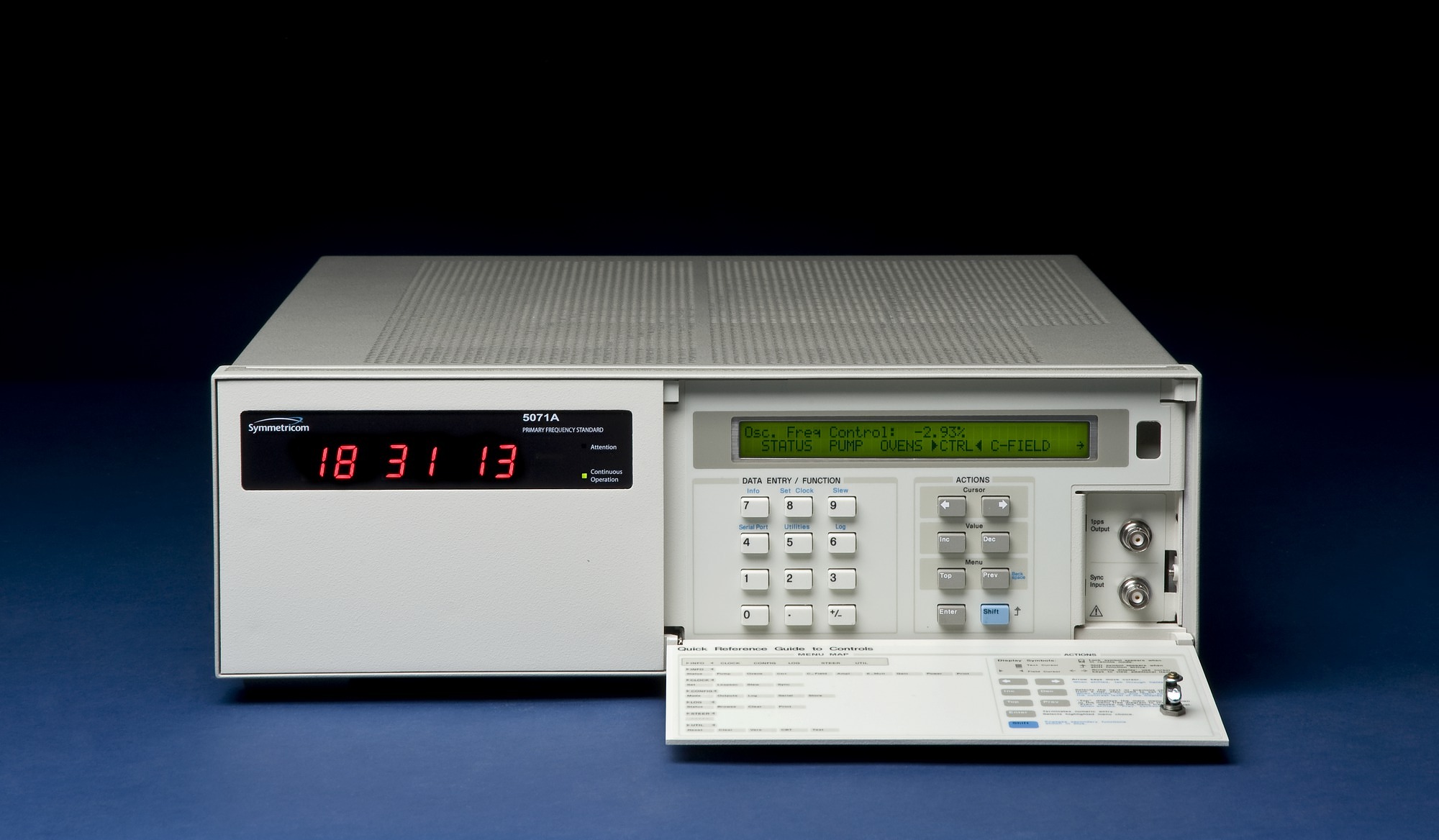In the landscape of timekeeping, few advancements have redefined our comprehension of precision as dramatically as atomic clocks, particularly those utilizing cesium. To grasp the fundamental distinction between cesium and an atomic clock, one must delve into the intricate interplay of physics, technology, and our understanding of time itself.
At the core of the discussion lies cesium, a chemical element categorized in the alkali metals. This element, denoted by the symbol Cs and possessing an atomic number of 55, is notable not only for its silvery-blue appearance but also for its unique atomic properties. The significance of cesium in timekeeping arises from its atomic structure, particularly the transitions between its energy levels. When cesium atoms absorb or emit microwaves at a specific frequency, they oscillate between these energy states. This phenomenon occurs at a frequency of 9,192,631,770 hertz, which serves as a pivotal constant in redefining the second—a unit of time that exemplifies how the fundamental nature of cesium underpins our understanding of temporal measurement.
However, it is imperative to understand that cesium, in isolation, does not equate to an atomic clock. The notion of an atomic clock represents a sophisticated apparatus engineered primarily to measure time with unfathomable accuracy. At its essence, an atomic clock works by utilizing the precise vibrations of atoms—often cesium or rubidium—as its timekeeping element. Within the confines of this device, cesium serves as a standard. The atomic clock synchronizes its oscillation with the electromagnetic wave frequencies emitted or absorbed by cesium atoms, stabilizing time measurement on an atomic scale.
The actual mechanics of an atomic clock involve several key components that facilitate its timekeeping prowess. The cesium atomic clock operates wherein cesium atoms are heated and directed through a beam, subsequently exposed to microwave radiation tuned to the frequency of the cesium oscillation. The resulting interactions help calibrate the clock—reinforcing the accuracy to which it can measure time. The ability to count the number of oscillations allows these timepieces to maintain precision that is unparalleled, often within a few billionths of a second per year.
One might then wonder: what implications do cesium atoms and atomic clocks hold for humanity? The application affiliations extend beyond mere curiosity or theoretical implications. In fact, this sophisticated technology is foundational to global positioning systems (GPS), telecommunications, and a plethora of scientific endeavors requiring gravitational wave detection, synchronization of satellite networks, and even the natural nuances of time as experienced on Earth. As such, atomic clocks—specifically those using cesium—are integral to the coordination of extensive international standards and agreements.
Yet, the intrigue does not culminate with cesium alone. Scientists are perpetually investigating alternate atomic materials with the potential to enhance precision even further, thereby heightening the quest for better timekeeping solutions. Elements such as ytterbium and strontium are at the forefront of this exploration, and they represent poignant inquiries into quantum mechanics and atomic behavior. These investigations signify a paradigm shift—a distillation of our understanding of time that challenges conventional interpretations.
In light of technological progress, the distinction between cesium and an atomic clock can be likened to the difference between a raw mineral and a fully developed technological artifact. The former is a natural component of the universe, existing far from the confines of human deliberation, while the latter is a manifestation of human ingenuity and scientific pursuit designed to harness the nature of that element to provide an essential service.
Reflecting upon the implications of cesium and atomic clocks begs a fundamental question: as our tools for observing time become increasingly sophisticated, how will this redefine our interactions with the cosmos? We are on the cusp of a potential renaissance in physics, driven by a deepened understanding of the atomic clock and the innate properties of cesium. As researchers embark on this journey, they unravel not just the how-tos of precise time measurement but also the philosophical ponderings that arise when we encounter the fabric of time itself.
Ultimately, to delineate between cesium and atomic clocks is to engage in a dialogue about the essence of both matter and measurement. Cesium offers a gateway into understanding the temporal identity we attach to existence, acting as a catalyst for the creation of devices—atomic clocks—that transcend the traditional limitations of chronometry. As we forge ahead in exploring quantitative realities underpinned by physical constants, the horizon beckons with promises of newfound perspectives and deeper inquiries into the nature of time.












